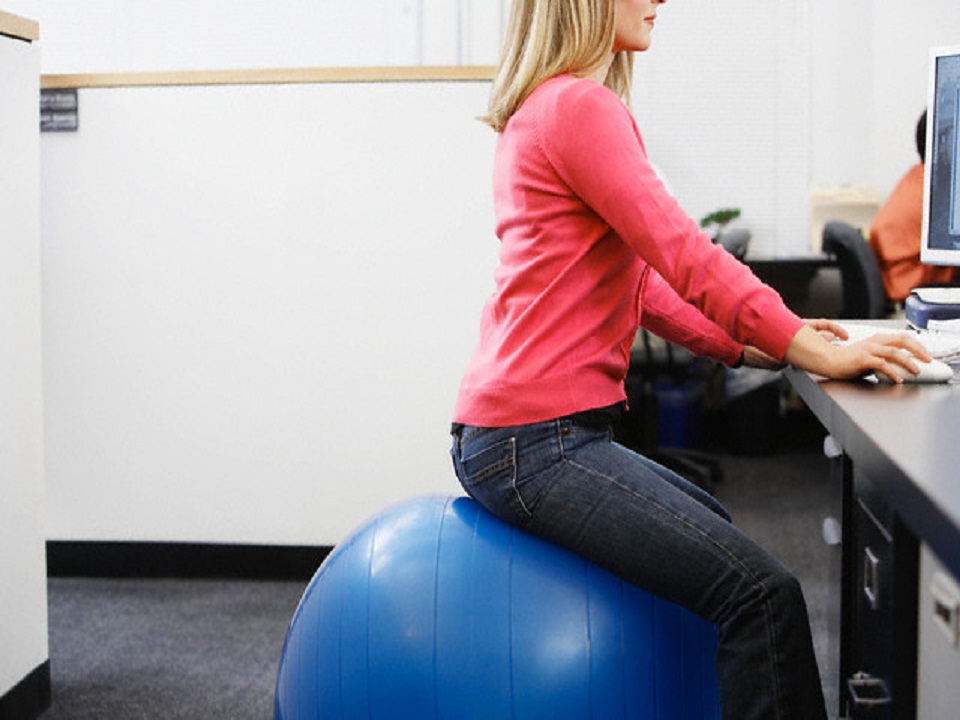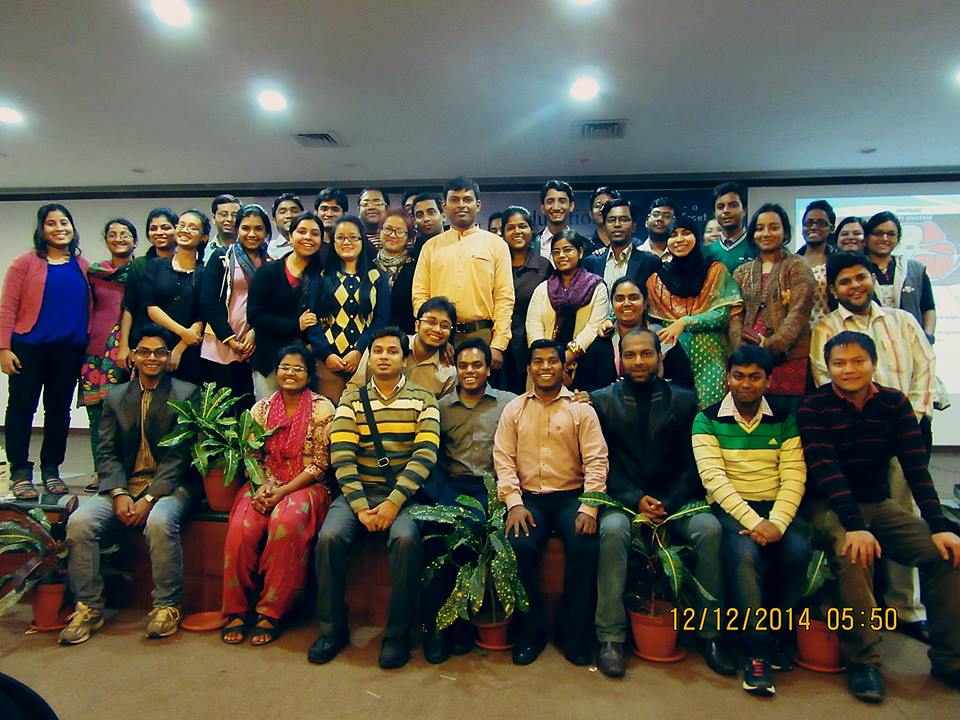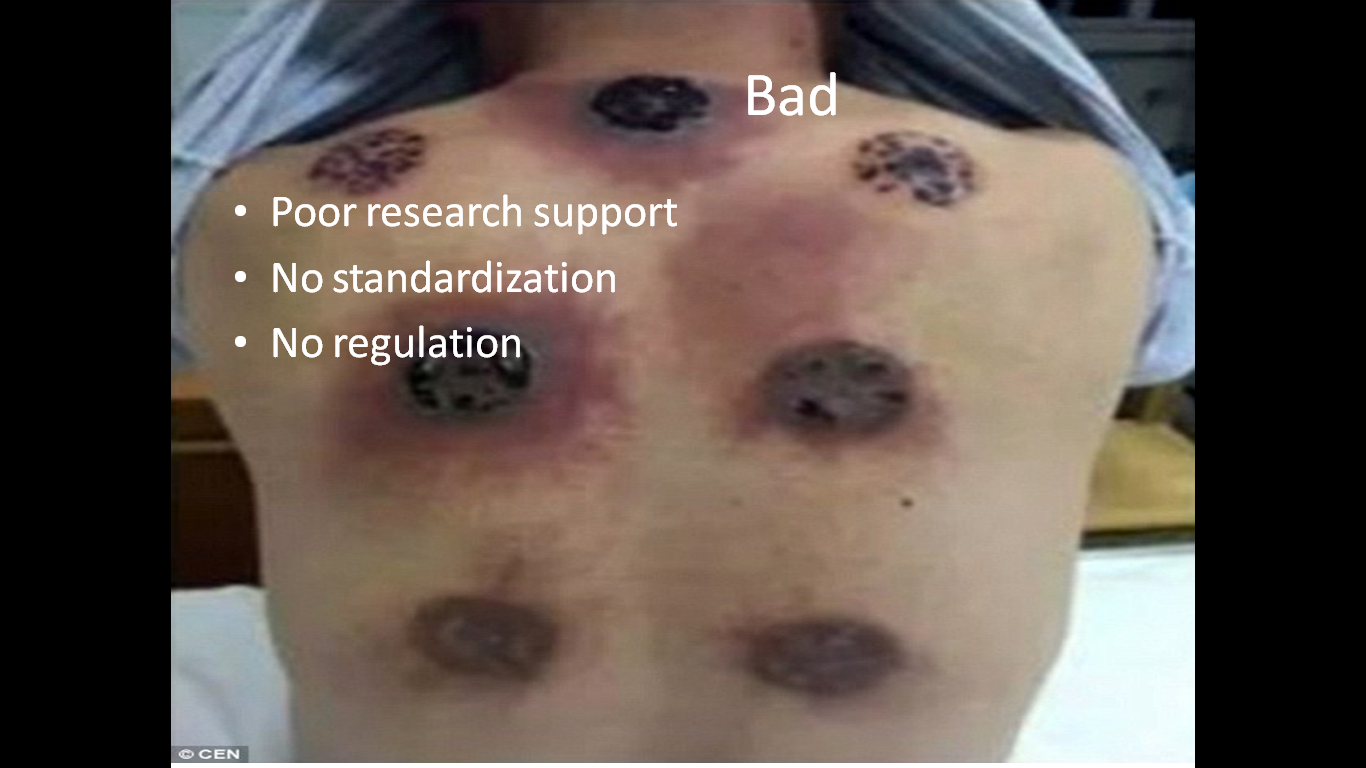It is well known that appropriate ergonomics improves work efficiency and prevents injury. However...
How Shashi Tharoor helped me to lose weight

I was never obese. In fact, I was pretty lean all through my college years. However 10 years into professional life, I had picked up some inches here, a few pounds there, making me miss my old body. Working out was the obvious choice. Being a physiotherapist and a physiotherapy educator, exercises are my bread and butter. Yet, my exercise adherence was not very good. I used to run during my student life but years of inactivity meant I was gasping for breath within minutes, whenever I tried to run. My other efforts consisted joining a gym for a short time, buying a set of barbells and dumbbells and trying to follow exercise videos of various categories.
My yearning for fitness was genuine but the processes I was trying could not excite me enough to continue for a long time. Once the initial excitement was over I would fall back to my old routine, initially with guilt which soon gave way to indifference.
One day during that period I was dragging myself through a walk, trying to play some music on youtube via headphone. While surfing through the videos I stumbled upon Shashi Tharoor’s Oxford Union speech. Listening to his demands of reparations for British atrocities on colonial India kept me interested as I walked. I tried the same strategy successfully the next day and soon it became a routine.
The good thing about Tharoorian speeches is, apart from being funny, informative, and insightful, they are also very lengthy. Where most people would give a one-sentence answer, Mr. Tharoor would first explain the context, give a longish answer with some witty anecdote, and then provide a summary as well! Often his videos were more than an hour long. Every morning I would play one of them as I would walk around our township.
Eventually, the morning walks with youtube became a regular part of my daily life and allowed me to achieve a leaner body. Of course, at some point in time, I started to look beyond Shashi Tharoor to other speakers. My present routine is a variation of the previous one, which consists of treadmill walk with Netflix. But I still feel grateful to Mr. Shashi Tharoor. I have never voted for his party, but if you need an hour of immersive walking experience, my vote will go towards one of his videos.
What’s in it for you?
I guess the message I am trying to convey is, to be healthy one must commit to a long-term physical activity routine. Not every exercise appeals to every individual. Each one has his/her own choice of physical activity. Sometimes you need to try out a few of them before you can find ‘the one’. To quote Steve Jobs, “If you haven’t found it yet, keep looking. Don’t settle. As with all matters of the heart, you’ll know when you find it.”
May you find your Shashi Tharoor (or equivalent).
What exercise routine works for you? Kindly mention in the comments section. Keep watching this place daily for easy and effective health tips.
About the author

Dr Subhanjan Das (PT)
BPT, MPT (MSk & Sports), CMP(NZ), Diploma in football medicine (FIFA)
Consultant Physiotherapist of Apollo & Reliva Clinic, HSR Layout, Bangalore
Contact: +91 8967549104
Dr Subhanjan Das (PT) has over 14 years of clinical and 12 years of academic experience. A friendly professional with lots of patience and skilful hands, Dr Subhanjan has worked with thousands of his patients for instant relief of pain and rapid return to activities. He has treated elite athletes for recovery, injury prevention and performance enhancement.
Dr Das is specialized in Orthopaedic and sports physiotherapy and has keeps himself updated with the latest advancements in the field of physiotherapy. He has undergone training on advanced orthopaedic techniques such as Dry Needling, Mulligan Concept, McKenzie method, Pilates, Cupping therapy, McConnel and kinesio taping from the best faculties around the world.
Dr Das has taught in 5 universities across India and has trained physiotherapists in 50+ workshops within and outside India.



















































 Wet Cupping supposedly removes the harmful waste materials from the body.
Wet Cupping supposedly removes the harmful waste materials from the body. There are even elaborate theories on diagnostic significance of residual cupping marks. Impressive?
There are even elaborate theories on diagnostic significance of residual cupping marks. Impressive? By far the best scientific evidence comes from UCSF. By the way, they don’t call it cupping. “Myofascial Decompression Therapy” is the name they use. Old wine in new bottle?
By far the best scientific evidence comes from UCSF. By the way, they don’t call it cupping. “Myofascial Decompression Therapy” is the name they use. Old wine in new bottle?
 However, as you can see, good quality studies are hard to find.
However, as you can see, good quality studies are hard to find. There are quite a few reasons why a physio should consider incorporating cupping in their arsenal
There are quite a few reasons why a physio should consider incorporating cupping in their arsenal
 Hurdles that a physio face while justifying cupping
Hurdles that a physio face while justifying cupping








 One of the major dangers associated with dry needling is pneumothmorax. Although documented cases are rare a needler should still exercise utmost precautions because of two reasons. First, it is a serious, even potentially fatal hazard. Second, the margins of safety are low. One article reports iatrogenic pneumothorax caused even by a dry needling instructor with 45 years of experience, so one should always take enough measures to ensure safety while needling around the thorax.
One of the major dangers associated with dry needling is pneumothmorax. Although documented cases are rare a needler should still exercise utmost precautions because of two reasons. First, it is a serious, even potentially fatal hazard. Second, the margins of safety are low. One article reports iatrogenic pneumothorax caused even by a dry needling instructor with 45 years of experience, so one should always take enough measures to ensure safety while needling around the thorax.